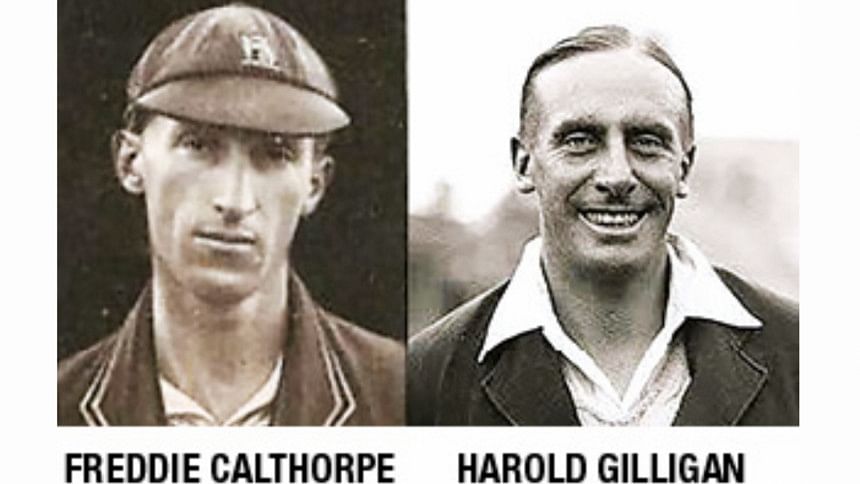Two Englands once more?

Is it possible that a representative national team would play two Tests at the same time against two different oppositions, that too on opposite sides of the world, on the same day? As ridiculous as it sounds, this incredible feat was achieved by England in January 1930 when they sent two teams 8,700 miles apart from each other, one in Christchurch to play against New Zealand and the other in Bridgetown to be pitted against West Indies.
The coronavirus pandemic has halted sporting events around the globe indefinitely. All domestic cricket in England has been postponed until May 28 at the earliest. However, England's World Cup-winning captain Eoin Morgan has already entertained the idea of them playing two series, albeit different formats, with separate squads at the same time as the long layoff could lead to a compressed international schedule after resumption.
While the idea of playing different formats at the same time in the modern era may have stemmed from the need to fit a potentially crammed international schedule, back in 1930, when Test was the only format, the sole agenda behind sending two teams to two different continents was to help promote cricket.
Back then, both West Indies and New Zealand were just recently added to the Imperial Cricket Conference (ICC) -- the forerunner to the modern International Cricket Council (ICC) -- alongside the likes of Australia, England and South Africa after a meeting in May 1926. While West Indies had played three Tests before playing the Freddie Calthorpe-led England side from January 11, New Zealand were playing their first ever Test when they met the Harold Gilligan-led England starting from January 10 in Christchurch.
Even though the two England sides were playing Tests at different parts of the world on the same day, they were not in action simultaneously. The second day of the Christchurch Test, on January 11, was washed out. And hence, the English side playing in the Carribeans from January 11 were not in action simultaneously as the one in Christchurch. The next day, January 12, was a Sunday and was a rest day for both Tests. And by the time the match in Barbados started on January 13, the three-day match in Christchurch was already over with England winning comfortably by eight wickets.
The two England sides were again scheduled to play Tests on the same day on the aforementioned tours and this time both matches -- the third Test in Georgetown and fourth Test at Eden Park in Auckland -- both started on February 21. And this time both Englands were caught in action simultaneously.
Owing to time differences, the second day's play in New Zealand on February 22 coincided with the last session of the first day's play in Georgetown, where it was still February 21. With February 23 a Sunday -- rest day -- the final day in Auckland, on February 24, would have coincided with the rest day in Georgetown.
As a result, even though the bizarre instances of one team playing two Tests on the same day have occurred twice in the past, due to time differences and weather, it was less than even two hours that the two English sides actually played simultaneously at the same time.
History could well be repeated with perhaps more simultaneous playing hours by the same side but with two different teams in the future, if the England and Wales Cricket Board (ECB) do wind up heeding the idea of playing a separate Test squad against West Indies or Pakistan while playing a different ODI and another T20I squad against Australia in July 2020.

 For all latest news, follow The Daily Star's Google News channel.
For all latest news, follow The Daily Star's Google News channel. 



Comments